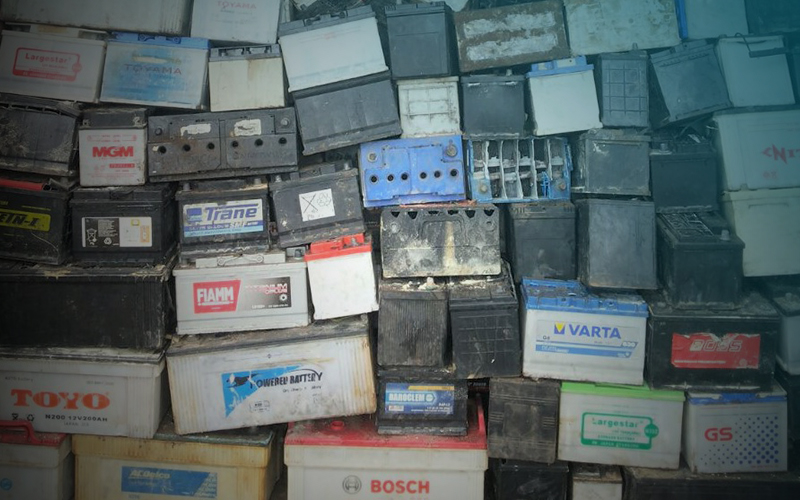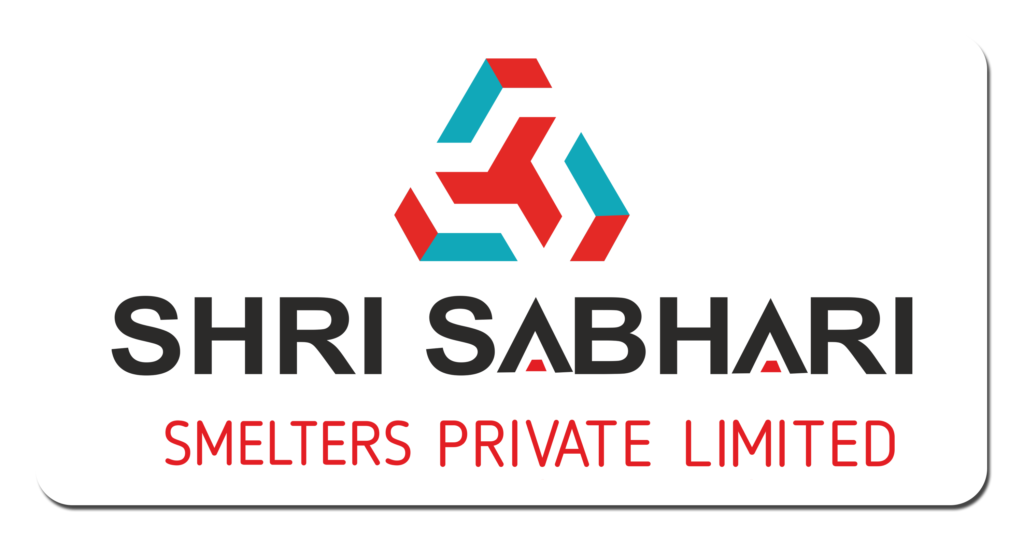To be free of any liquid, Cases are to be either plastic or rubber and be complete, including caps. Non-Lead (nicad, ni- fe, carbonaire, etc.) not acceptable. Industrial, steel case, aircraft (Aluminum cased), partial, cracked, or broken batteries and batteries without caps are subject to special agreement.

Lead Scrap Recycling – Overview
Lead scrap recycling is the process of collecting, processing, and reusing lead materials from used products such as batteries, pipes, cables, and other lead-containing items. This recycling conserves resources, reduces environmental pollution, and supports sustainable manufacturing.
How Lead Scrap is Collected
Sources: Used lead-acid batteries, manufacturing off-cuts, lead sheets, old pipes, and lead-based components.
Collection: Scrap is gathered from industrial sites, auto shops, and recycling centers.
Sorting: Scrap lead is sorted by type and contamination level.
Impact of Rain (Environmental Factors)
Lead Scrap and Rain:
If lead scrap is stored outdoors without proper covering, rainwater can cause surface oxidation or corrosion.
Rainwater runoff from lead scrap piles can lead to environmental contamination if not managed properly.
Recycling facilities use covered or indoor storage and treatment systems to prevent lead leaching.
Recycling Process of Lead Scrap
Cleaning: Removing contaminants like plastic, acid, and other impurities.
Melting: Scrap lead is melted in a furnace.
Refining: Impurities are removed from the molten lead.
Casting: Purified lead is cast into ingots for reuse.
FAQ
Recycling lead saves natural resources, reduces waste, and lowers energy use compared to producing lead from ore.
Exposure to rain can cause surface oxidation but typically does not affect lead recycling if properly stored.
Used batteries, pipes, solder, and cable sheathing are common sources.
Yes. Recycled lead can be refined to purity standards suitable for new products.
By using covered storage, water treatment systems, and strict handling protocols to avoid contamination.



